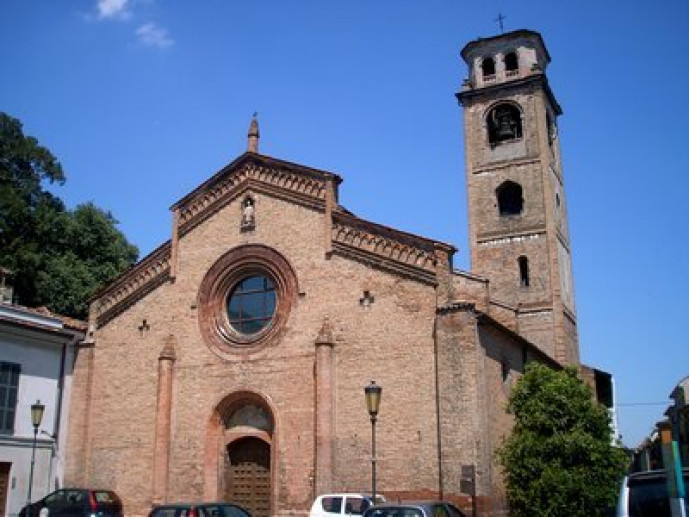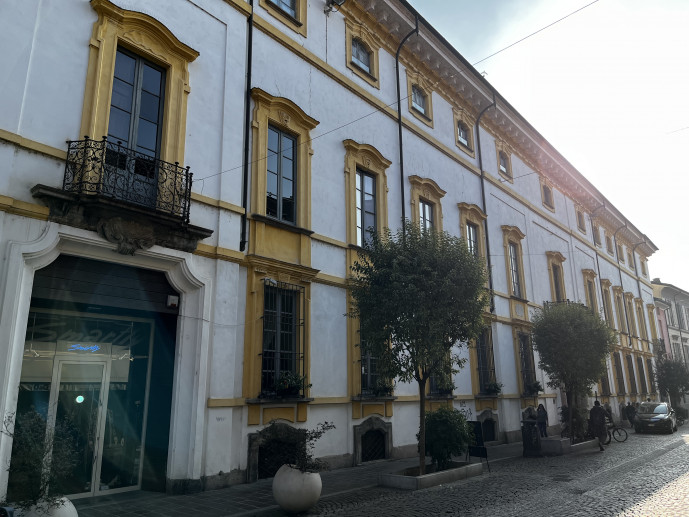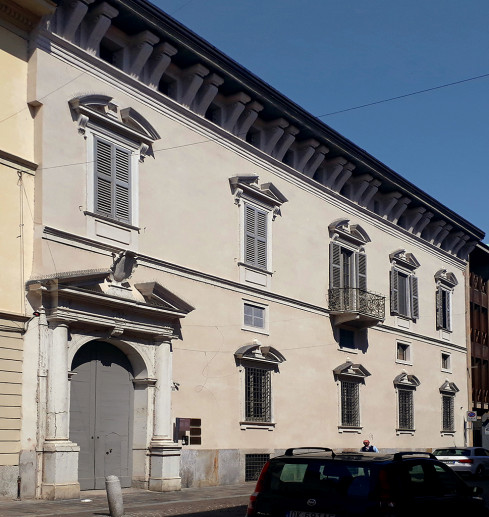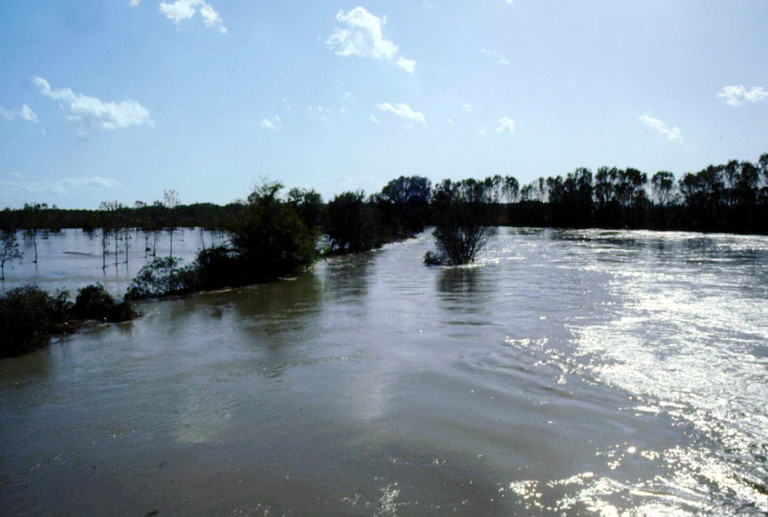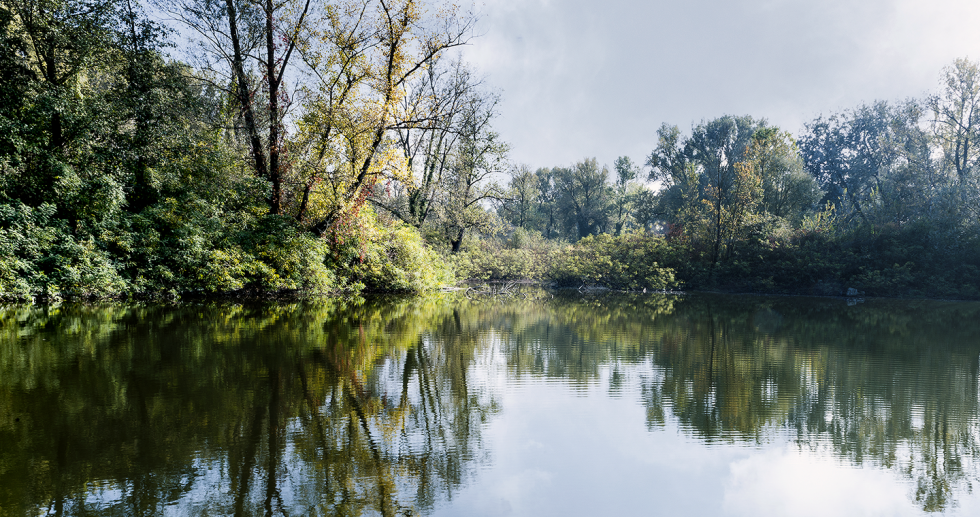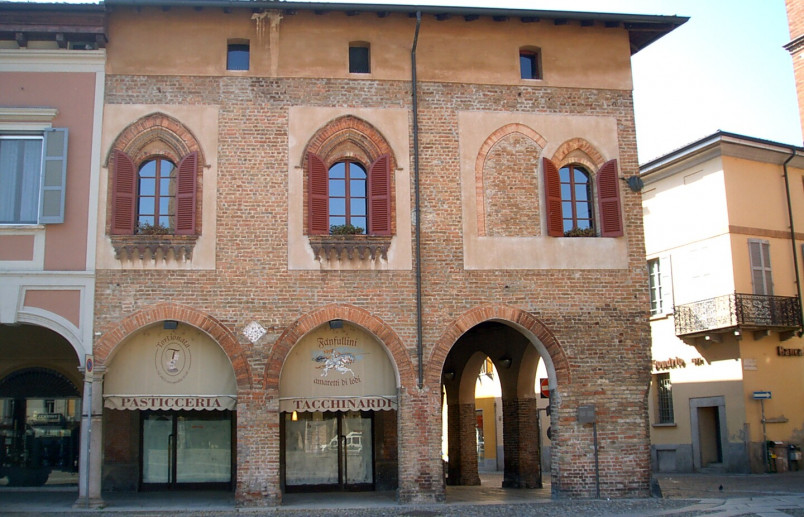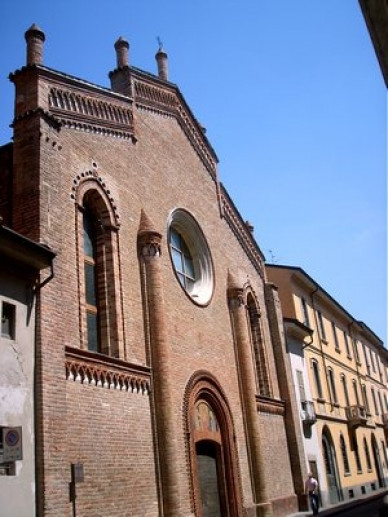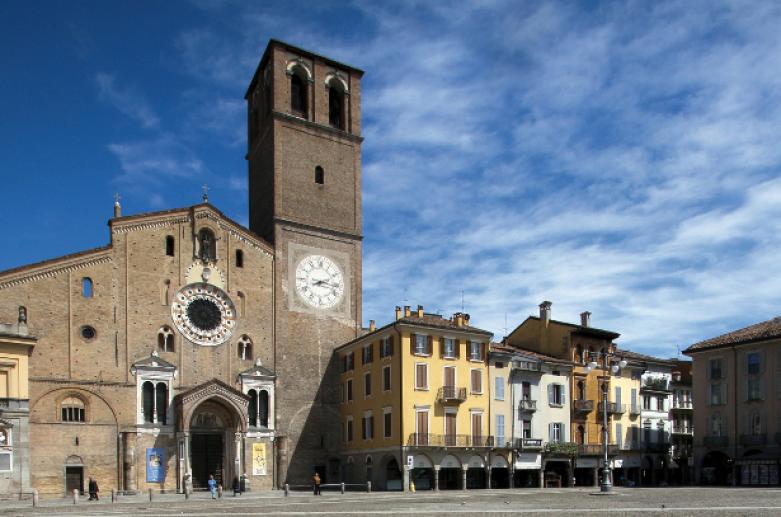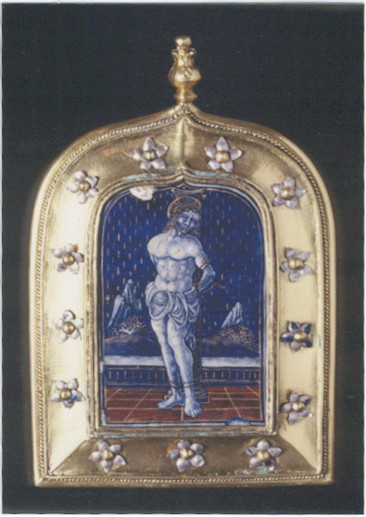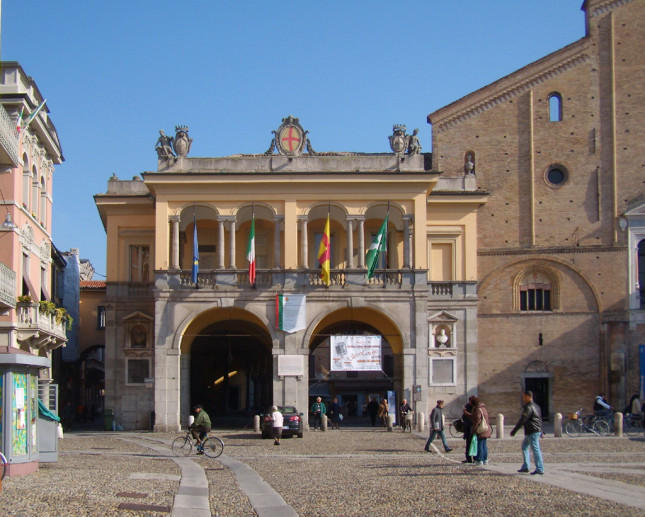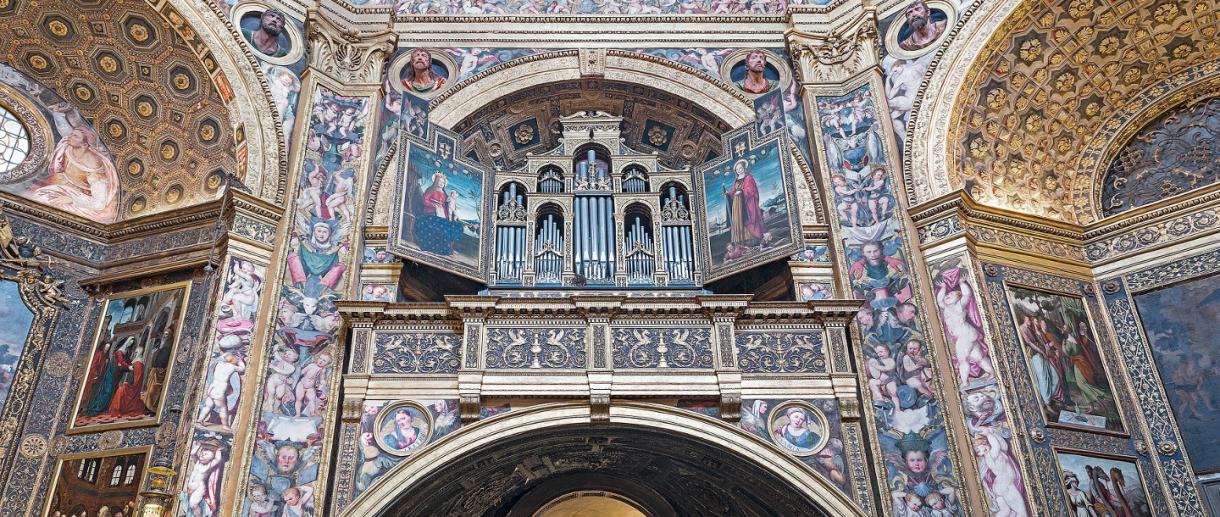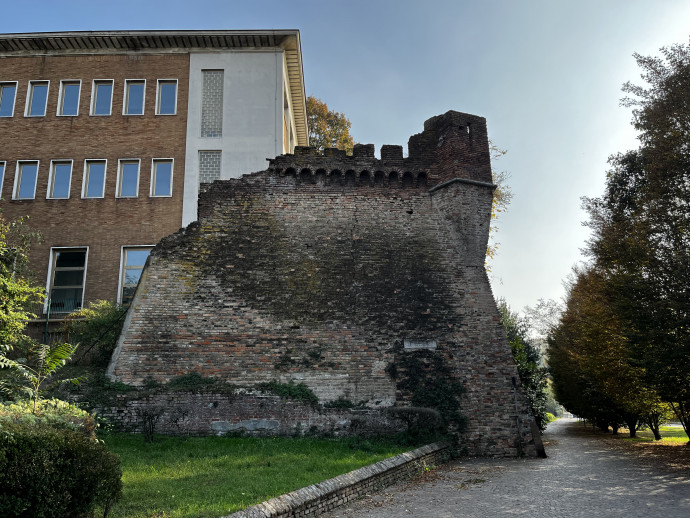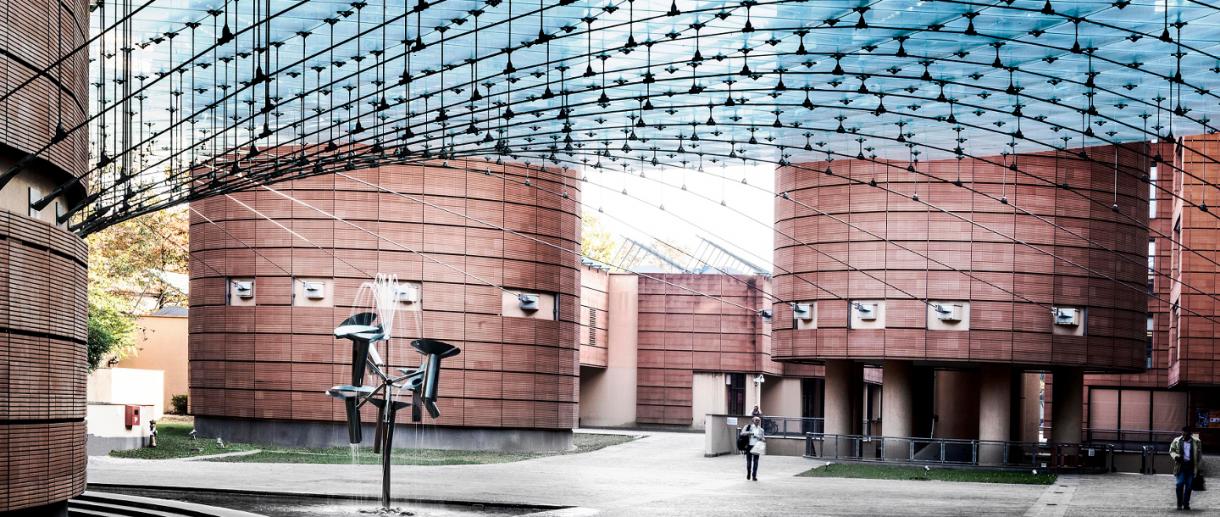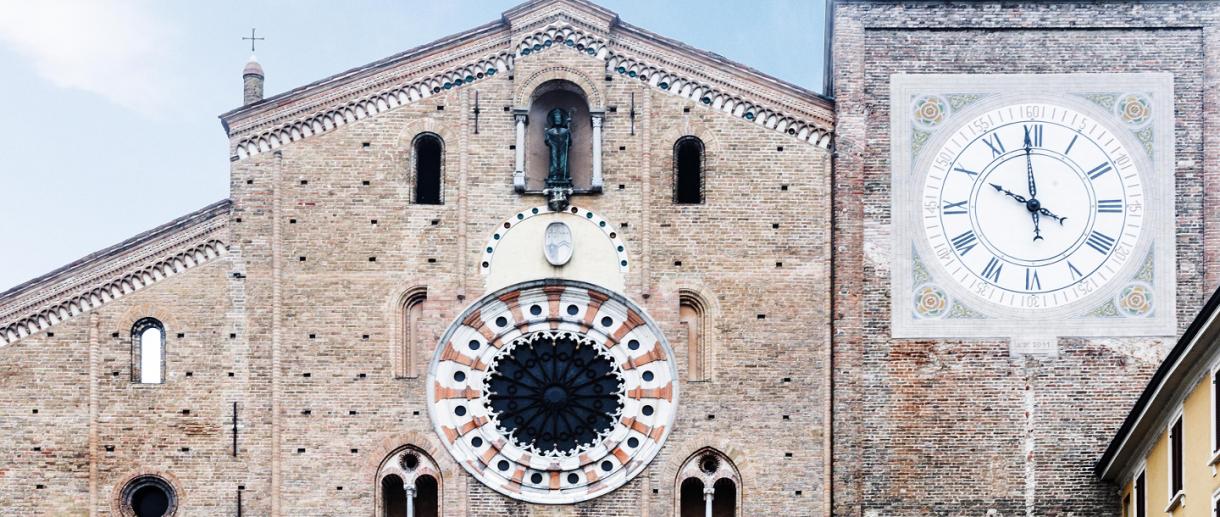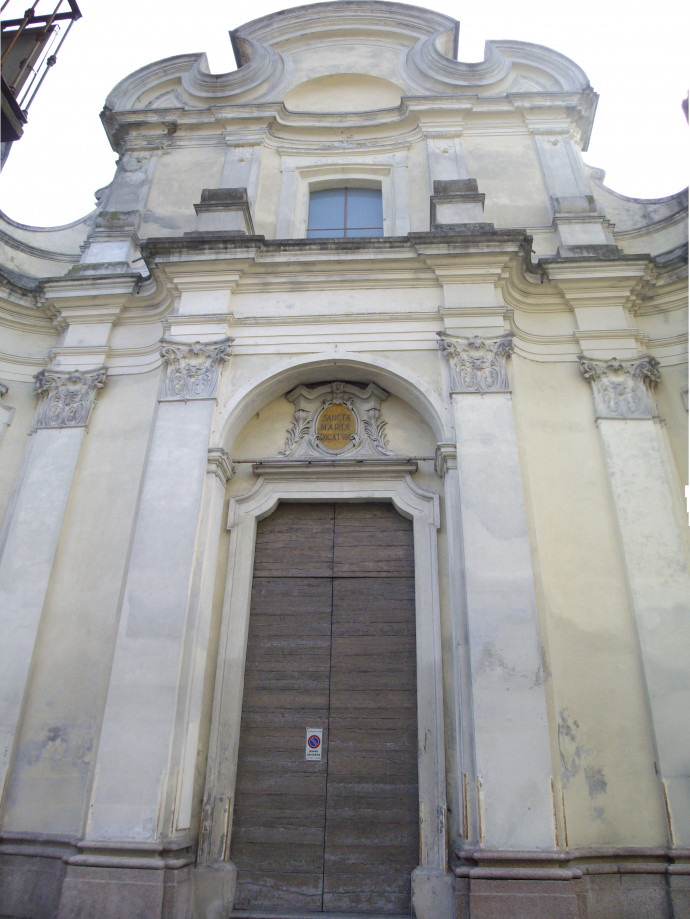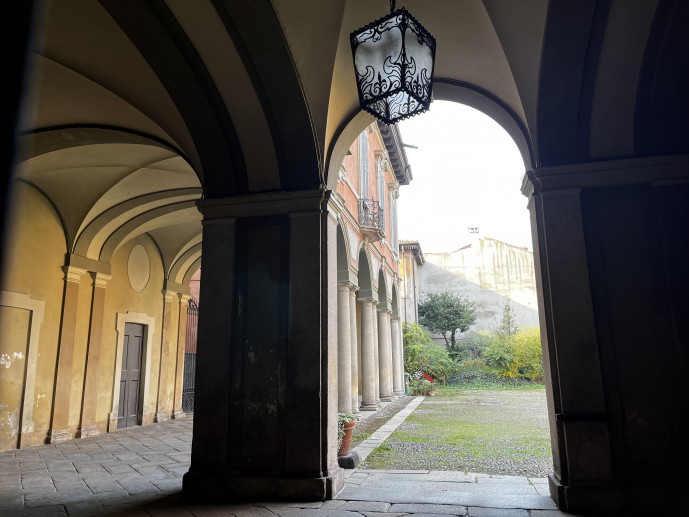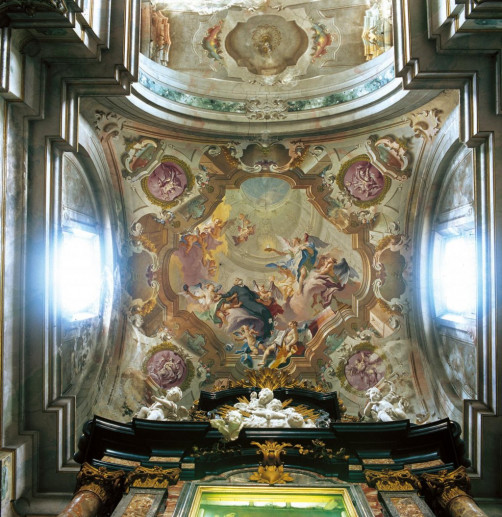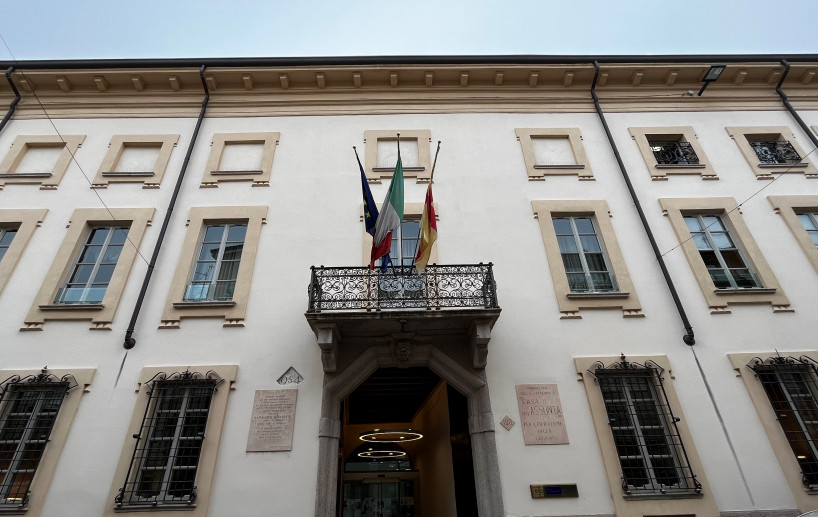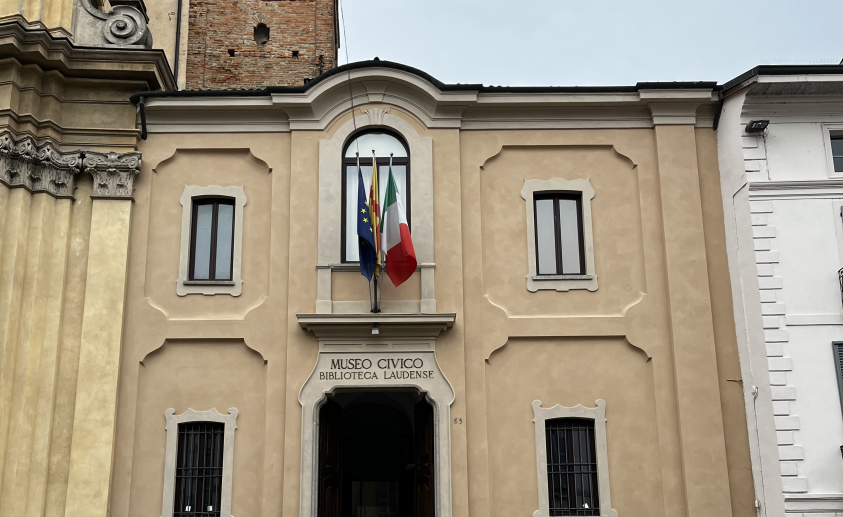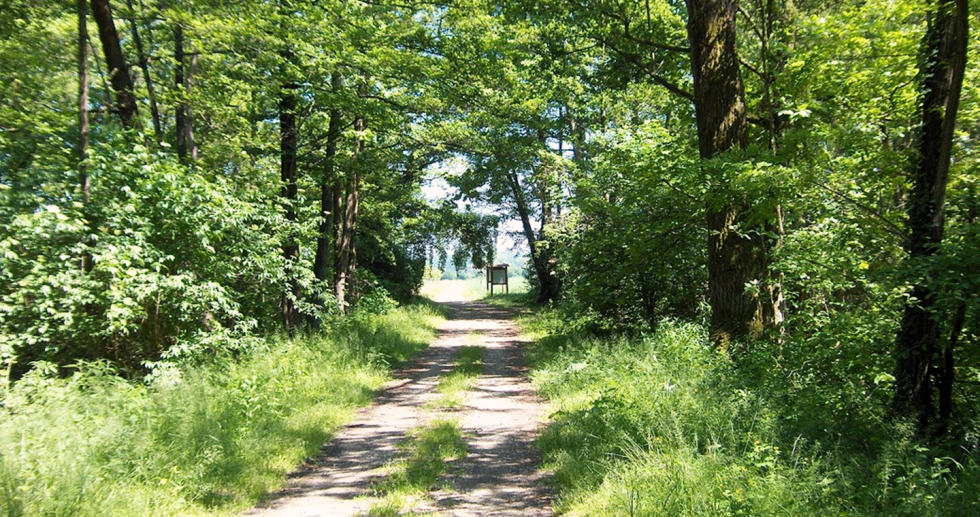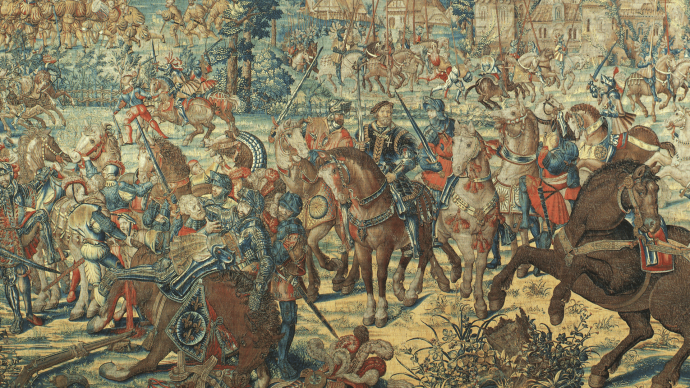- Art & Culture
Il Castello Visconteo
Built at the request of Emperor Frederick Barbarossa. The building currently houses the Police Headquarters
The Visconti Castle in Lodi is a medieval construction that served as a defensive fortress. In the past, the Lombard town was surrounded and defended by walls, along which the three gates to the city opened. Two of these were located on the south side, in the direction of the main allied cities: Porta Cremonese and Porta Pavese; the third was called Porta Regale and was the most vulnerable since it was located on the road to Milan; being the most insecure, Frederick Barbarossa decided to commission the building of the Castle, which was accessed through Porta Imperiale.
The structure was modified several times over time, and what we can admire today dates to the period between 1355 and 1370, commissioned by Barnabò Visconti, who also wished to have four towers and deep dungeons, to be placed underground.
In 1416, Filippo Maria Visconti reinforced the inner ravelin with a fortified stronghold outside the walls and later when, due to the reclamation of the surrounding land, it was also necessary to protect the new areas taken from the marshes, the fortress was made even more secure by Francesco Sforza, who had a round tower added on the northern edge, built by the engineer Serafino Gavazzi, alongside the square tower, already part of the castle, in 1456.
The Torrione, which became one of the symbols of Lodi, was raised in 1906 to contain the municipal aqueduct reservoir, while maintaining the integrity of the building.
The castle was considerably damaged under the Austrian rule of Franz Joseph due to works aimed at its demolition. During this period, the moats were filled in, the drawbridges removed, and an entire side of the castle was destroyed and turned into barracks. Porticos surmounted by a double order of loggias were built on the three remaining sides, as can be seen today. The castle lost its true appearance and function in the early 19th century.
Today, the Visconti Castle cannot be visited, as it is the seat of the State Police headquarters.
Several tunnels probably belonging to the outer ravelin have been discovered in the underground areas beneath the castle, at a depth of about six metres. Some of these tunnels are up to 2.70 metres high, thus allowing the passage of a man on horseback, and at some points they also develop on two communicating levels. Exploration of these areas began in the 2000s, however, investigations were difficult because they were largely buried and partially walled up in the 1950s.
It is also hypothesised that Lodi was completely traversed in the past by underground tunnels that led both outside the walls, through the outer ravelin, and into the heart of the city, through the inner ravelin, towards the Piazza della Vittoria churchyard. The purpose of these passages was both defensive (they provided an escape route in the event of an attack) and offensive (they made it possible to suddenly surprise the enemy occupying parts of the city). The use of underground passages is attested by Guicciardini in his celebrated work 'Storia d'Italia'.
